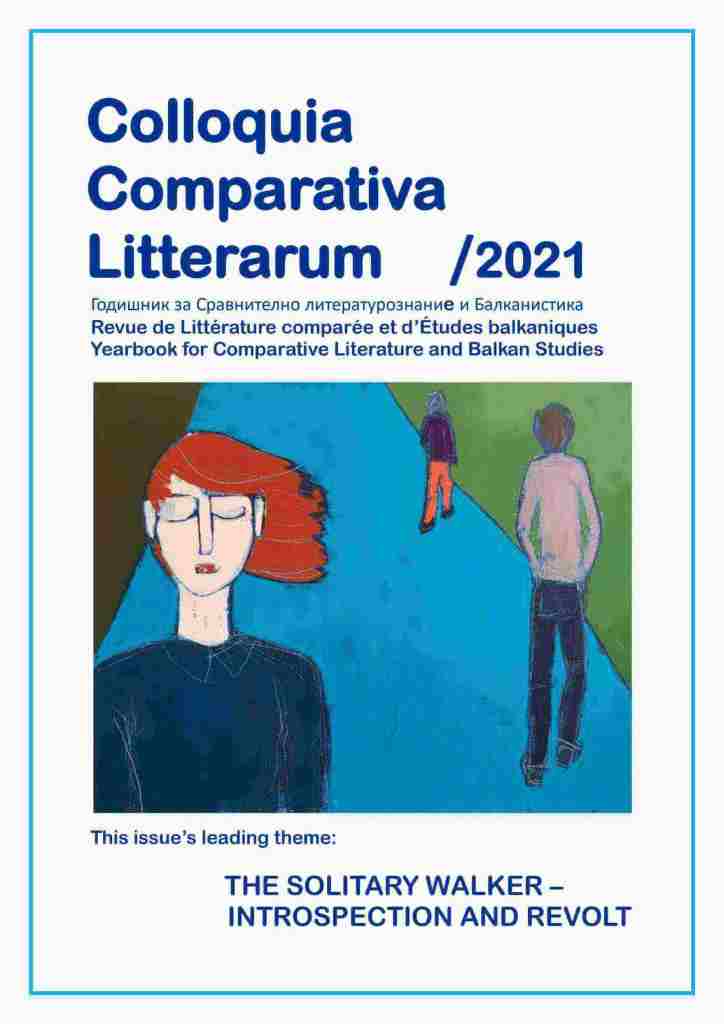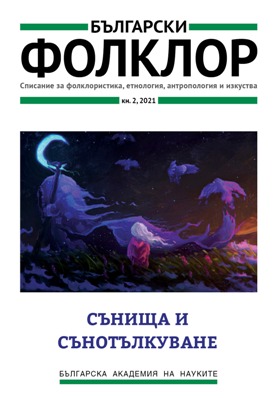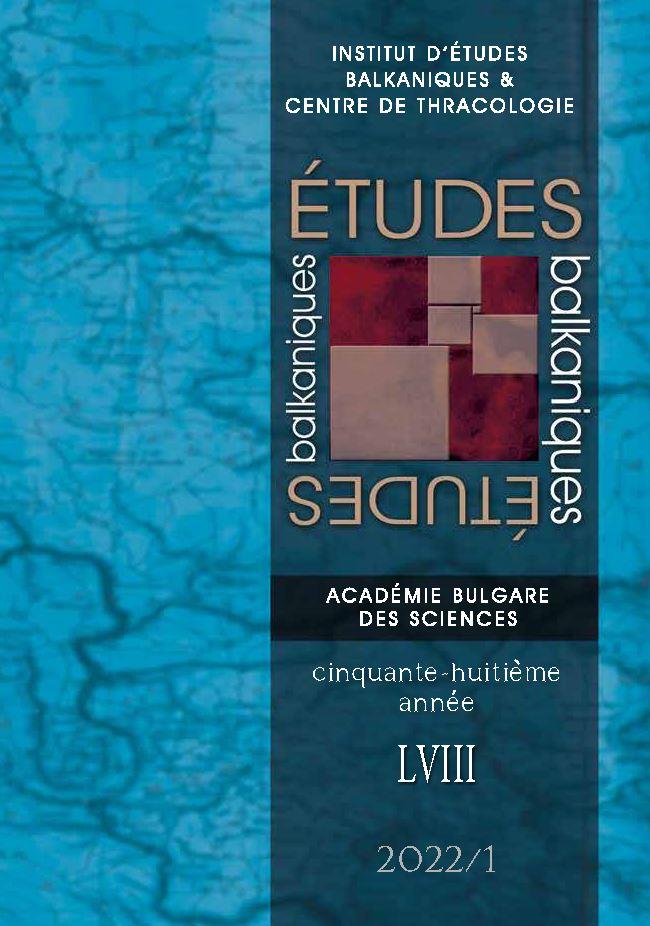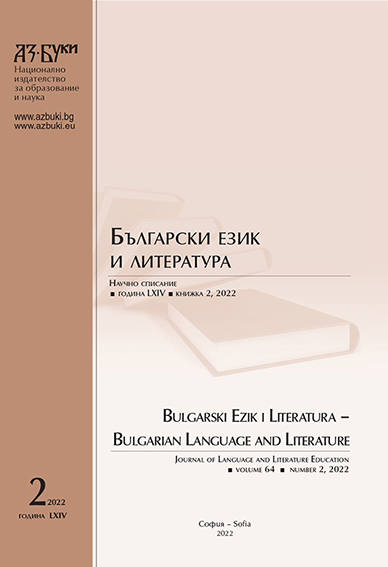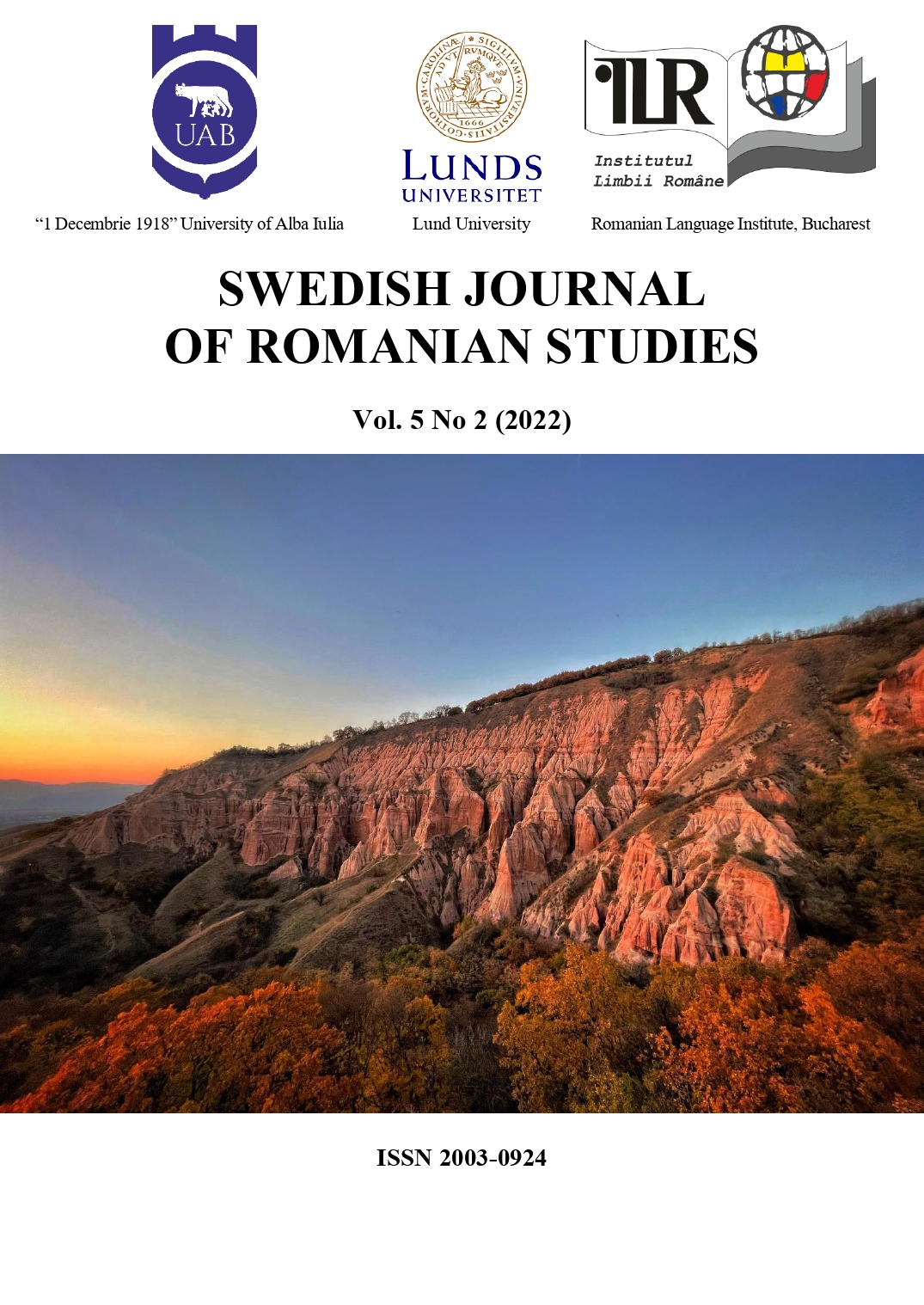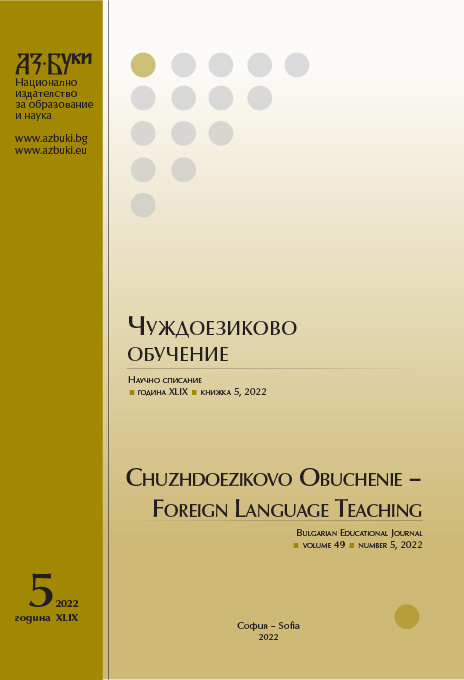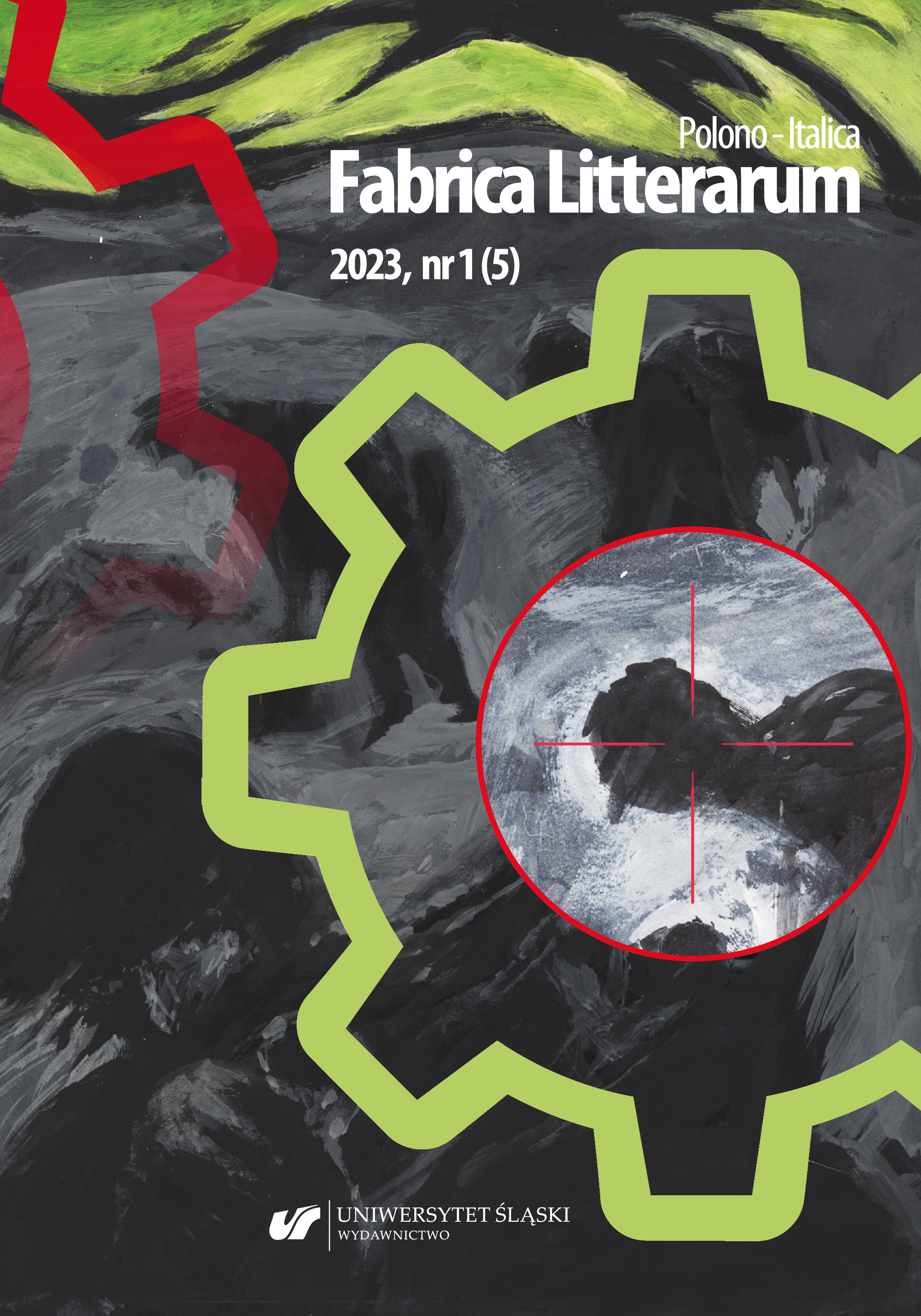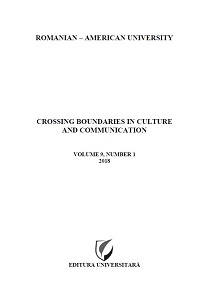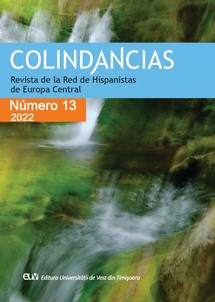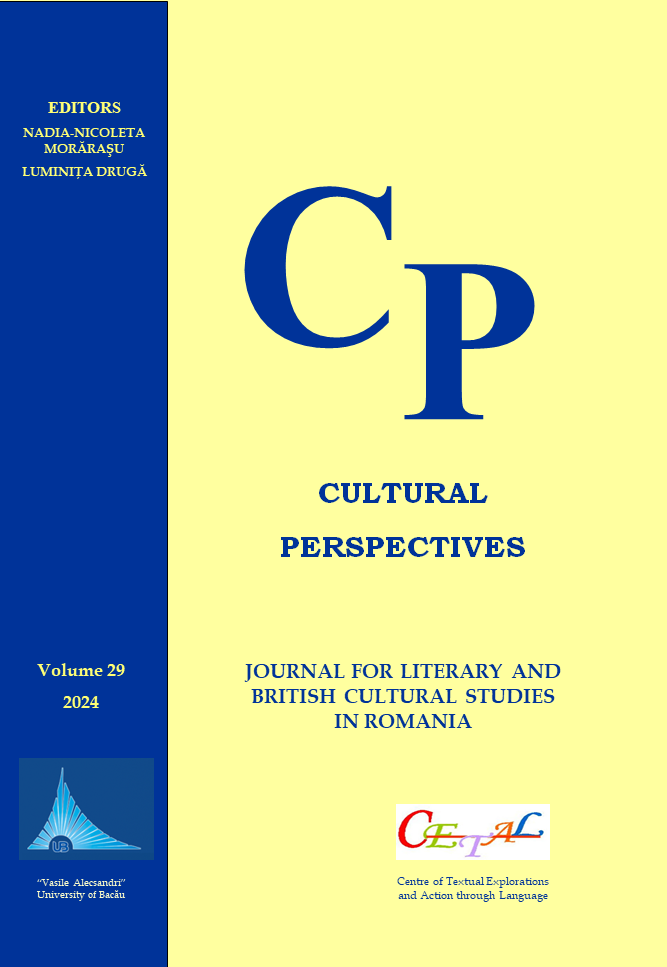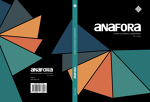Author(s): Marinela Vramulet / Language(s): Italian
Issue: 2/2024
The article proposes a comparative study of the metaphors of natural phenomena referring to human beings, in Italian and Romanian. An onomasiological approach is used for an interlinguistic comparison. It begins at the conceptual level, where correlations are established between the two constituent domains of the metaphor: NATURAL PHENOMENA and HUMAN BEINGS. Such correspondences lead to the conceptual metaphorical structure which is illustrated, at the linguistic level, with various metaphors in the two languages. The analysis begins at the deep level and concludes at the surface level, where it is determined whether the metaphorical meanings derived from the elements of the conceptual structure are present in the metaphorical expressions used in both languages. The approach used enables us to see that the meaning of metaphors is related to the conceptual structure and that the metaphor originates in thinking, as cognitivists would want, but grows and develops in language. Metaphorical meanings are, therefore, the reflection in the language of the elements of conceptual structure, that is, of our way of seeing and interpreting a reality, the human sphere (characteristics of human beings, feelings and/or passions, interpersonal relationships and personal events), in terms of another reality, that of natural phenomena (tempesta, burrasca, bufera, ciclone, uragano in Italian, furtună, vijelie in Romanian, like atmospheric disturbances, or lampo, fulmine in Italian, fulger, trăsnet in Romanian, like discharges electrical, etc).
More...
